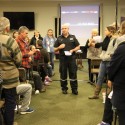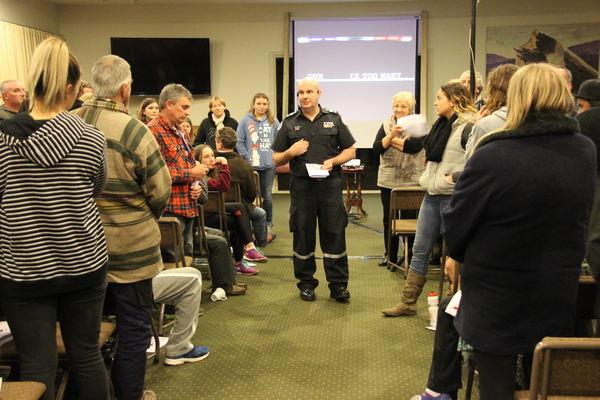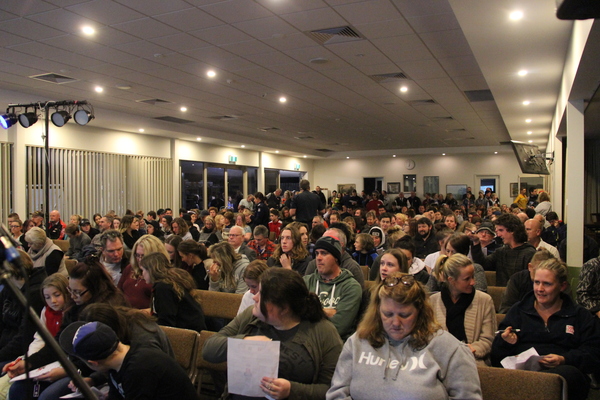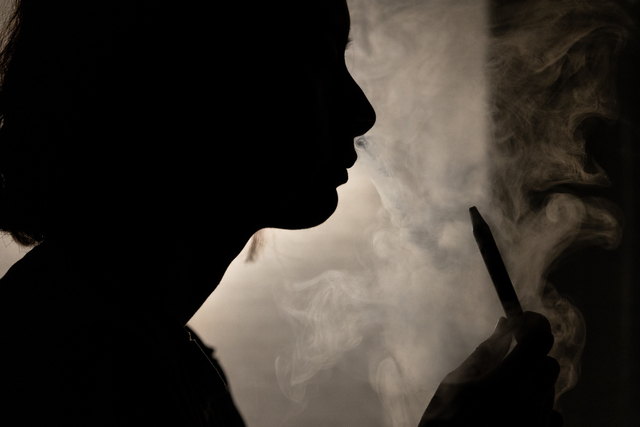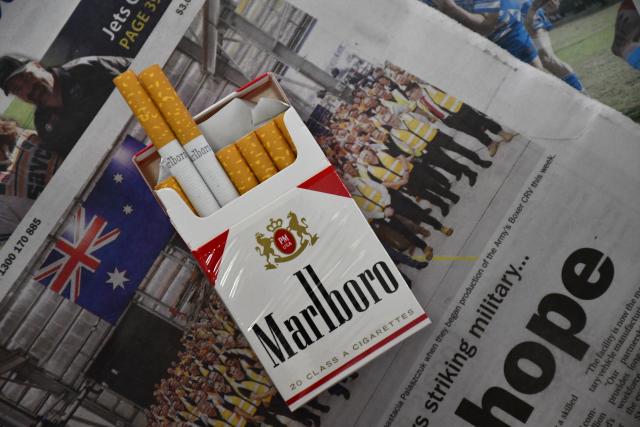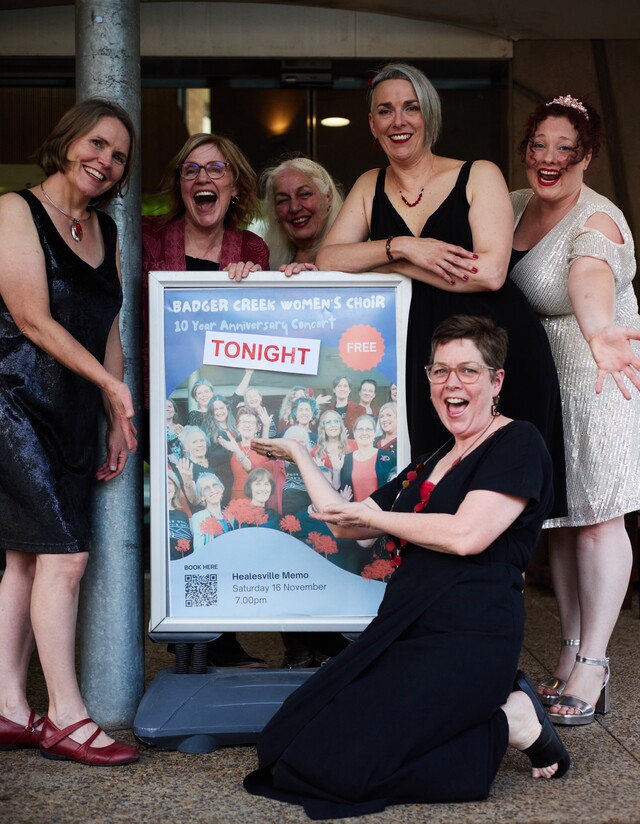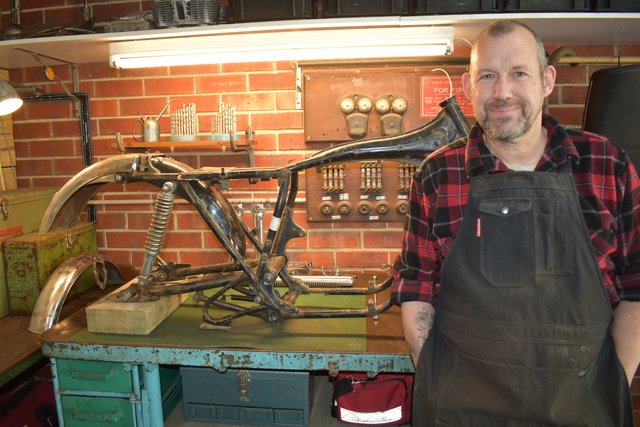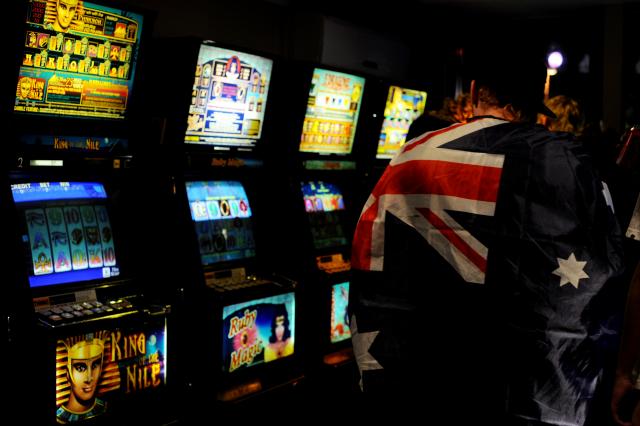By Kath Gannaway
PEOPLE make bad choices, and very often they, and others, suffer the consequences.
More than 400 people heard that message on Thursday 3 August, when the emergency services of theYarra Valley presented the fourth Teenage Road Information Program (TRIP) at Woori Yallock.
The focus of the evening, held at Heritage Funeral Home, was on decisions and distractions.
The decision to attend the program, and to sign a pledge to adopt three good driving behaviours, are seen as key steps towards addressing the over-representation of young people injured or killed in road crashes.
Information was given by local police, ambulance, CFA and SES members and by guest speakers whose personal experiences illustrated the ripple effect on individuals and communities when someone is killed or injured in a car crash.
Daniel van der Hoek was in Year 12 and had had his licence for less than a month when he chose to drive with his best friend after they had been drinking.
He collided with a truck in Wandin at 100km/h and sustained life-threatening, and life-changing injuries.
Mr van der Hoek spoke of the effect on his family, his career, his sport and of the loss of a best mate.
“I can never take back what I put him through; he was my best friend all through high school and now we never speak,” he said.
Illustrating the danger of distraction, he invited everyone to take two seconds to turn to the person next to them and say ‘you look incredible today’.
He said a car driven at 60km/h will travel 16.6 metres; at 80km/h, 22.2 metres and at 100km/h, 27 metres.
“For every two seconds you take your eyes off the road at 100 kilometres an hour, you are doubling the length of this room,” Mr van der Hoek said.
Detective Acting Sergeant Phil Frith spelled out the five fatal contributors he sees in his role with the Major Collision Investigation Unit (MCIU) – speed, distraction, impairment, failure to buckle up and fatigue.
But sharing the stories of three crashes where young people had died because of decisions they had made, or not made, he spoke as a parent.
He said Ebony Dunsworth was 16 when she died, thrown from a car driven by a drunk driver in 2011.
He rolled at an intersection in Nar Nar Goon and Ebony was crushed beneath the car.
“As a parent of a kid, the first think you want to do is drag them out of that cold earth, but there is nothing you can do, so they stay there,” he said, his voice faltering.
“Ebony was crushed under that car for about six hours before we could get her out,” he continued.
Paramedic David Hadj’s experience was equally emotional. He told a harrowing story of the night police came to his door to say his son had been in a car crash.
He had been drinking and was the driver. Two people were killed, two others severely injured and his son was injured.
Talking of the continuing nightmare of what followed, the court case, prison visits and the impact of that decision, he said he was not asking for sympathy, but urged everyone to think about the choices they make.
“If you know someone is under the influence of alcohol or drugs, you all have a responsibility to stop them from driving,” he said.
“If you can’t, you have a responsibility to yourself and your family not to get into the car.”

